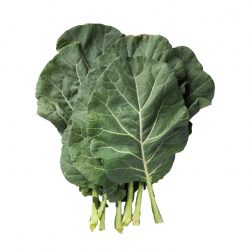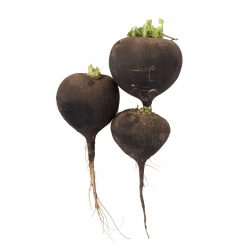Cabbage
Brassica oleracea var. capitata
Cabbage has a long history of use in folk medicine. In Ancient Rome, Pliny the Elder recommended cabbage as a cure for hangovers while Ancient Greeks used it in liniments meant to heal bruises.
Seasonality
| J | F | M | A | M | J | J | A | S | O | N | D |
| • | • | • | • | • | • |
Description
Cabbage is a member of the Brassica family. It grows in round, dense-leaved heads ranging in color from light green to deep purple. Depending on the variety, leaves may be smooth or crinkled in appearance.
Storage tips
Do not wash or remove any outer leaves before storing cabbage. Store cabbage in the crisper drawer of your fridge where it will keep 3-4 weeks (or longer!).
Culinary tips
- Cabbage can be eaten raw, cooked, or fermented. Make sure to remove the tough core and stem end before using.
- A popular raw preparation is to thinly slice cabbage for use in a slaw.
- Cabbage is the main ingredient in sauerkraut, a preparation that involves a salt brine and the process of lacto-fermentation.
- Cabbage is popular in Polish cooking from pierogis (stuffed dumplings) to stuffed cabbage rolls.
- Try the British dish “bubble and squeak”: add boiled or sauteed cabbage to mashed potatoes and serve it up alongside your favorite protein.








